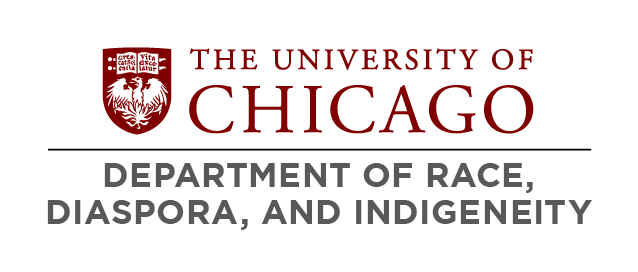Community-Engaged Work
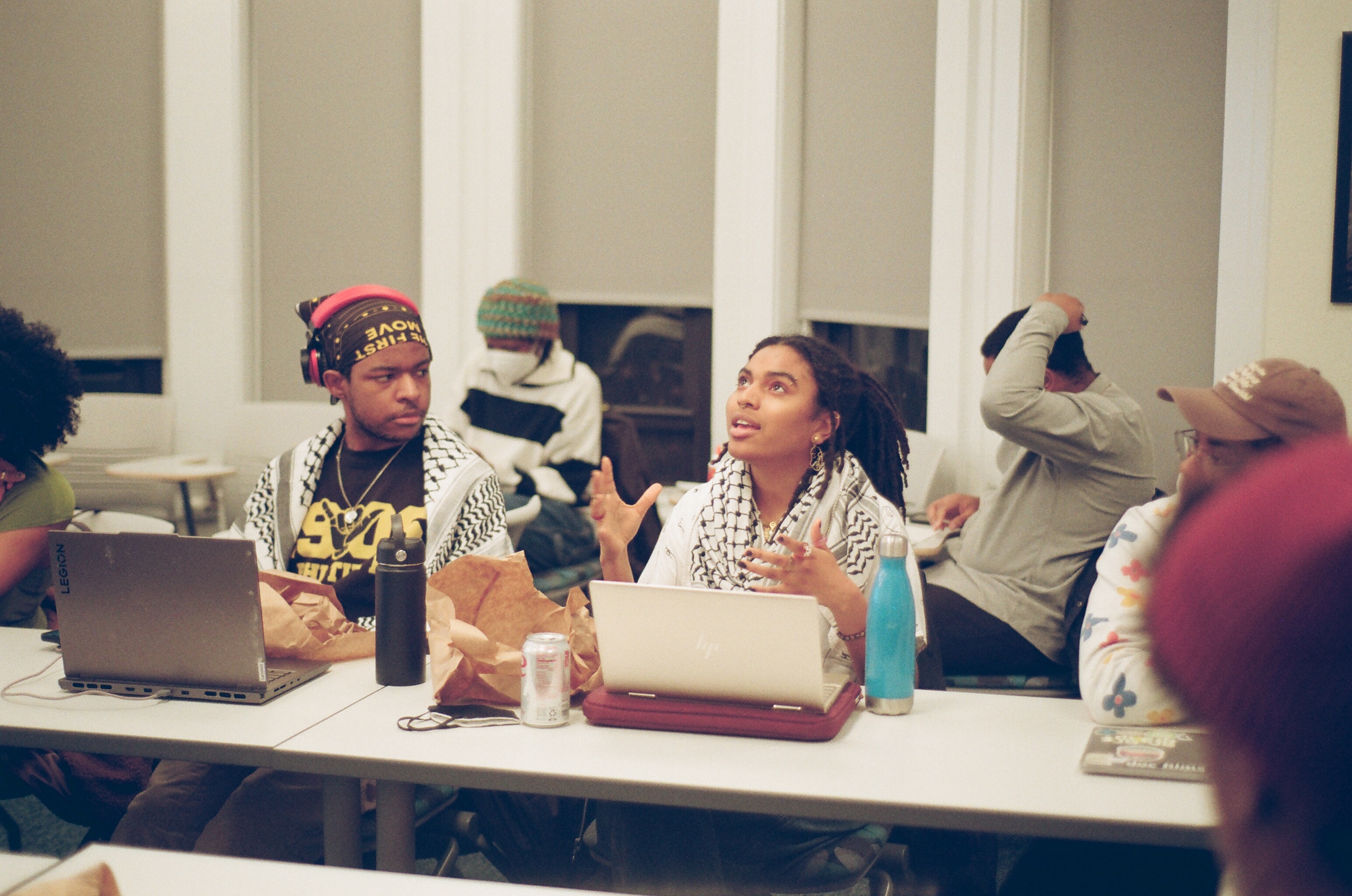
The Department of Race, Diaspora, and Indigeneity is committed to building a public-facing department that is in deep conversation and partnership with members of the local community. We want to reimagine the classroom, instituting new forms of pedagogy, expanding who is a part of the classroom, and adding fluidity to who we identify both as learners and knowledge producers.
RDI piloted one aspect of our public-facing work with two “Community-Engaged Mixed Enrollment Courses.” Community-Engaged Courses have both degree-seeking UChicago students and members of the broader community. From learning about AfroFuturism[s] to exploring research methods at Stateville Prison, RDI students, and community members have been committed to thorough research, impassioned inquiry, and imaginative visions of the future.
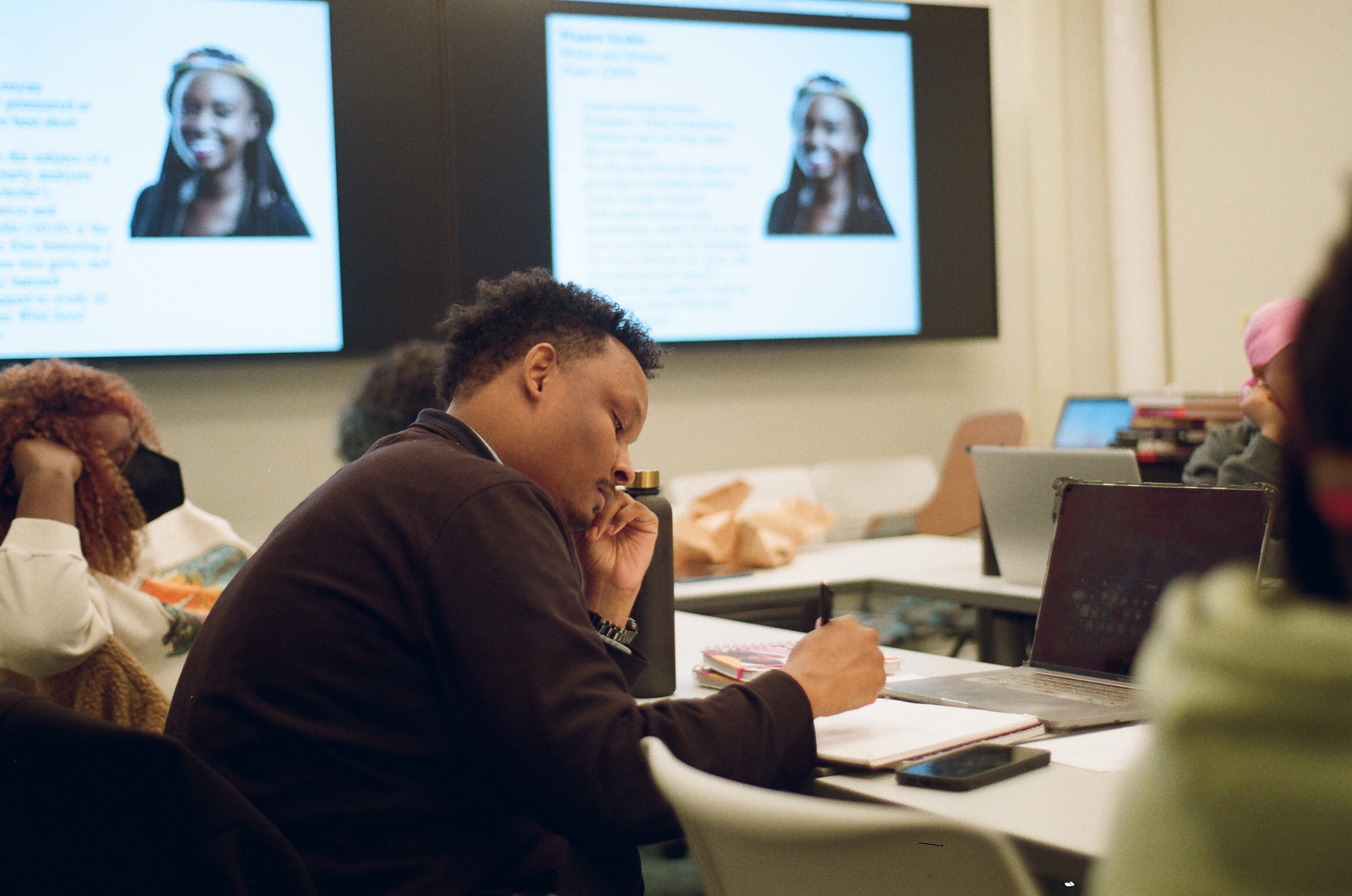
Afrofuturism[s]
"Afrofuturism[s]," taught by Professor Eve L. Ewing, exemplified RDI's ambitions to foster a breadth of vision, new aesthetic imaginaries, conceptual rigor, innovative pedagogical approaches, and deep engagement within and beyond the university. In Winter Quarter 2024, ten UChicago Students and ten community members broke bread, discussed readings, and explored visions of the future. Community members received access to technology, buildings, and the library systems to provide a full university experience. Professor Ewing remarked on the intergenerational relationships that formed within the class as students and community members shared questions, discussed readings, and offered advice.
Reading, Writing, and Mass Incarceration
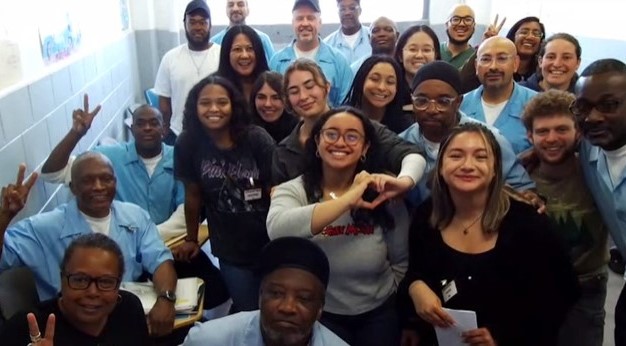
In the spring, RDI Chair Cathy Cohen and Alice Kim, Director of Beyond Prisons at CSRPC, co-taught "Reading, Writing, and Mass Incarceration" with UChicago students and students inside Stateville Prison. Each week in their class, students inside and outside came together and built knowledge across the prison wall. Exploring possibilities, challenges, and ethical concerns researchers should consider while discussing carceral constraints, students were asked to develop a research project based on what they learned. Guest lecturers and scholars were invited to the class to share their work and discuss research methodology with the class.
The Oak Woods Cemetery Project

RDI professors Leora Auslander and Adam Green’s two-quarter course in Winter and Spring of the 2023-2024 academic year marked the inauguration of the Oak Woods Cemetery Project in RDI. The Oak Woods Cemetery, located in Woodlawn about one mile south of campus, was founded in 1854 and remains active to this day. A palimpsest of Chicago history, it is the place of the rest of many notable Black Chicagoans, including Ida B. Wells, Otis Clay, Jesse Owens, John Johnson, Roebuck “Pop” Staples, and Harold Washington. Startlingly, visible from many of those grave sites are the mass grave and massive monument to the thousands of Confederate soldiers who died at Camp Douglas and were reburied in the cemetery after the Great Chicago Fire of 1871. The Confederate Mound, as it is called, has been an annual pilgrimage site for the Sons of the Confederacy since the erection of the monument in 1895. The complexity of the site does not end there. The cemetery has several different Jewish sections, that reflect the evolution of Jewish communities on the South Side, and one of the earliest Holocaust memorials in the United States. Finally, many of the important figures in the history of the University of Chicago (such as William Rainey Harper, Enrico Fermi, and Mircea Eliade) have chosen to be buried there.
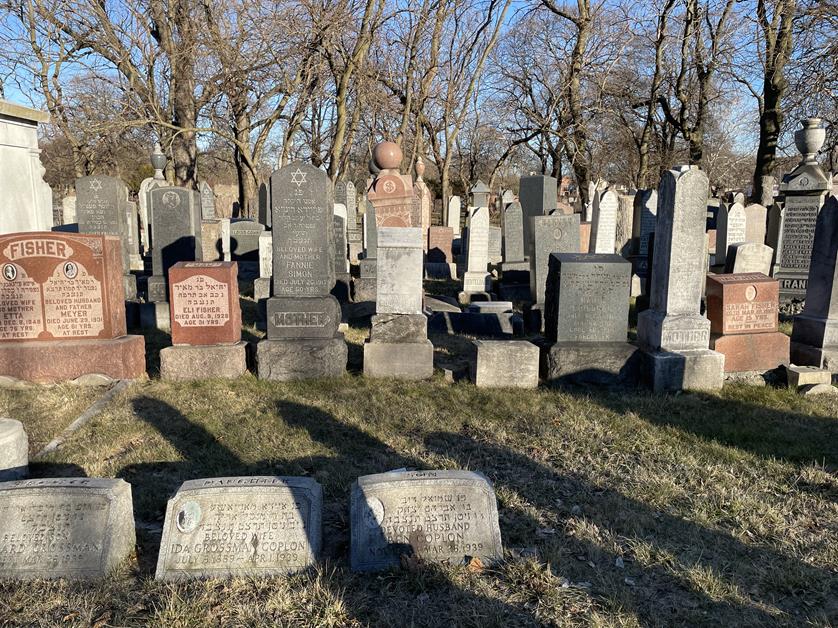
A collaborative project across departments and divisions, the Oak Woods Cemetery Project, initiated by Na’ama Rokem (Comparative Literature & NELC), seeks to work with the cemetery’s Woodlawn neighbors to determine how to better integrate this beautiful garden cemetery into the everyday life of the neighborhood. Last year’s course moved a step in that direction. Undergraduate and graduate students collaborated with partners including Blacks in Green and the Hyde Park Historical Society to investigate the environmental impact (and potential) of the cemetery, as well as to design walking tours intended to make the walled space more accessible. The project will continue to develop over the next two years, thanks to the work of RDI Postdoctoral Instructor, Pranathi Diwaker. Diwaker has had considerable experience with and commitment to public-facing work, using a multi-media approach.
 THE UNIVERSITY OF CHICAGO
THE UNIVERSITY OF CHICAGO

